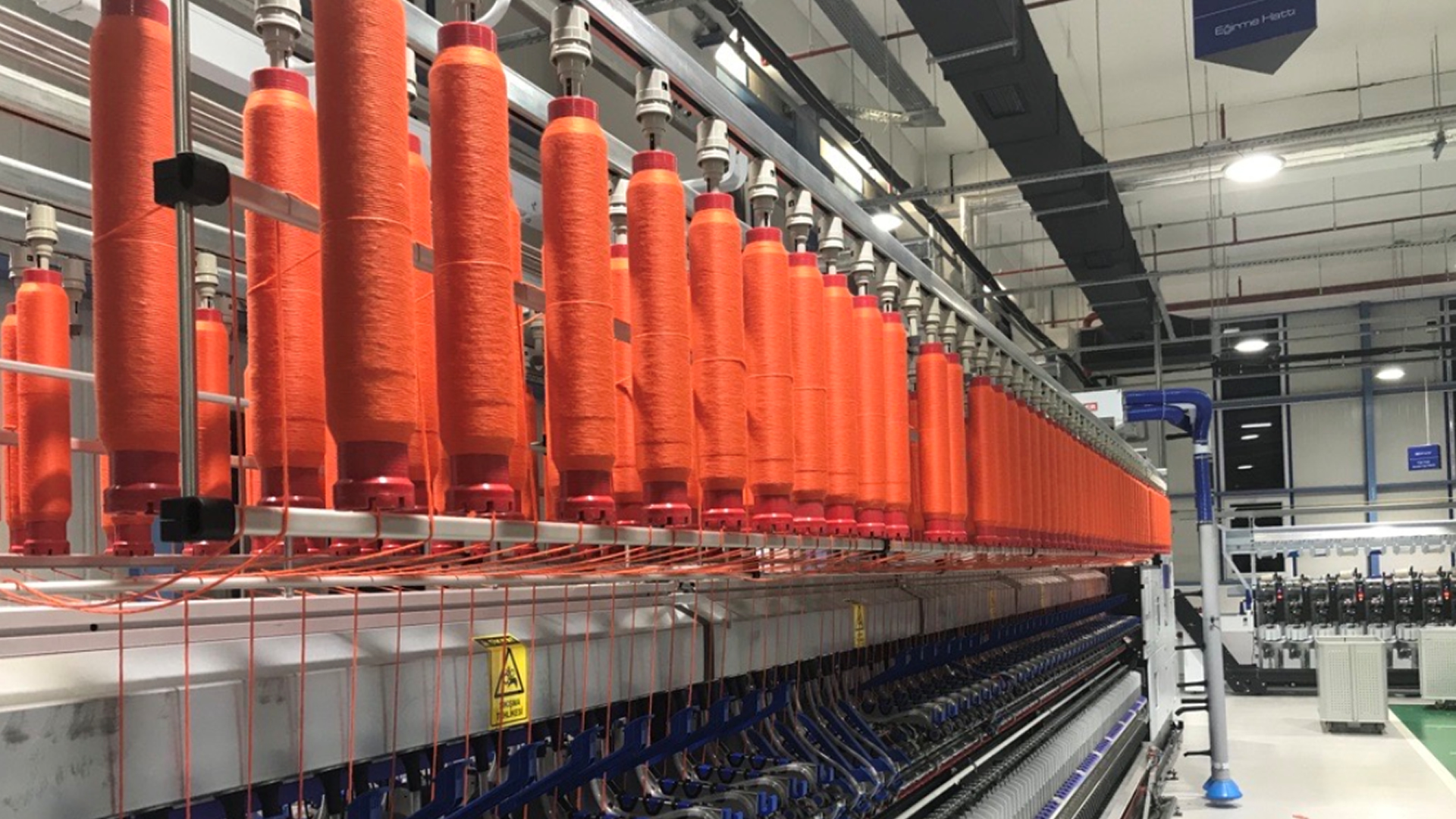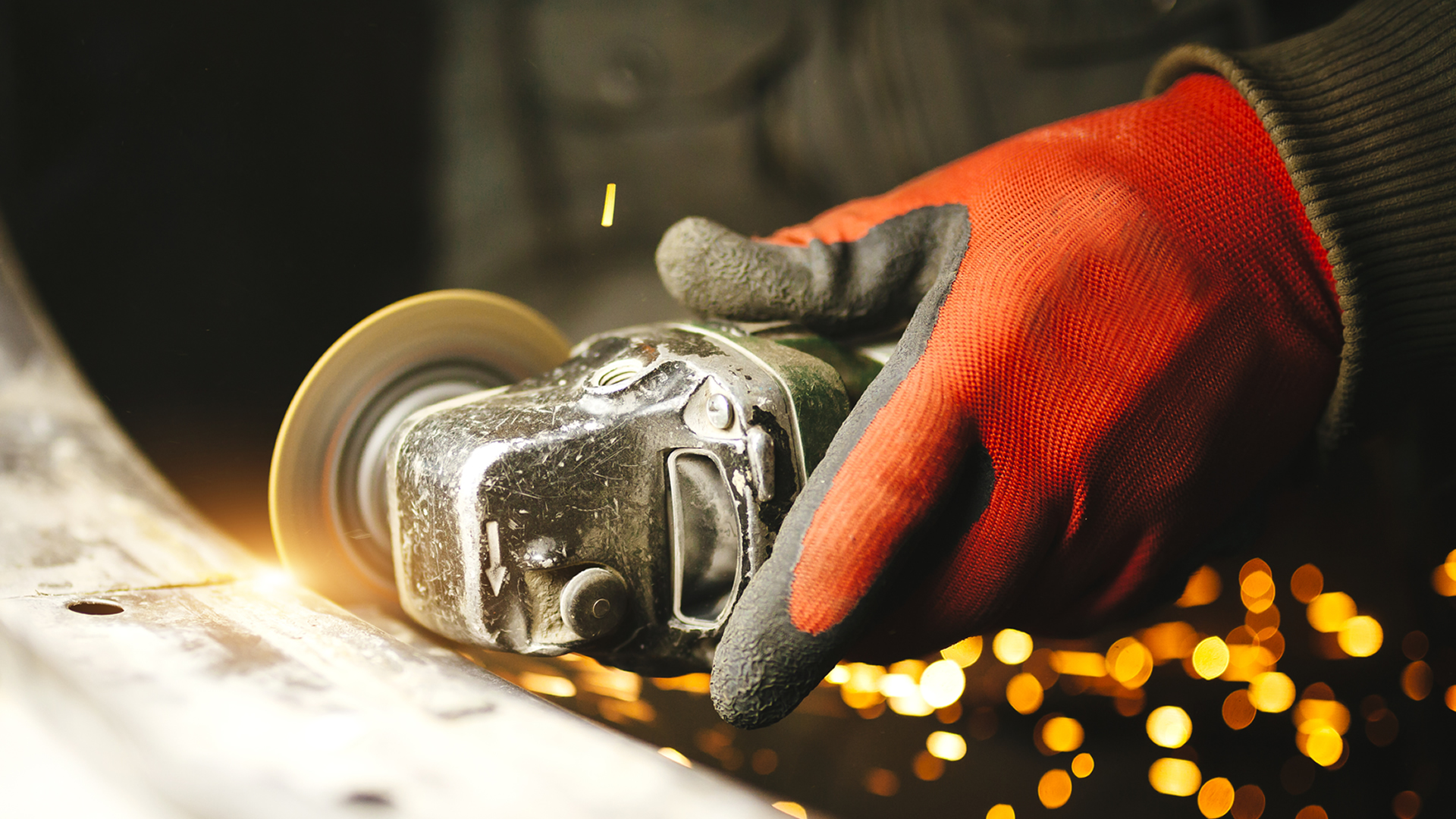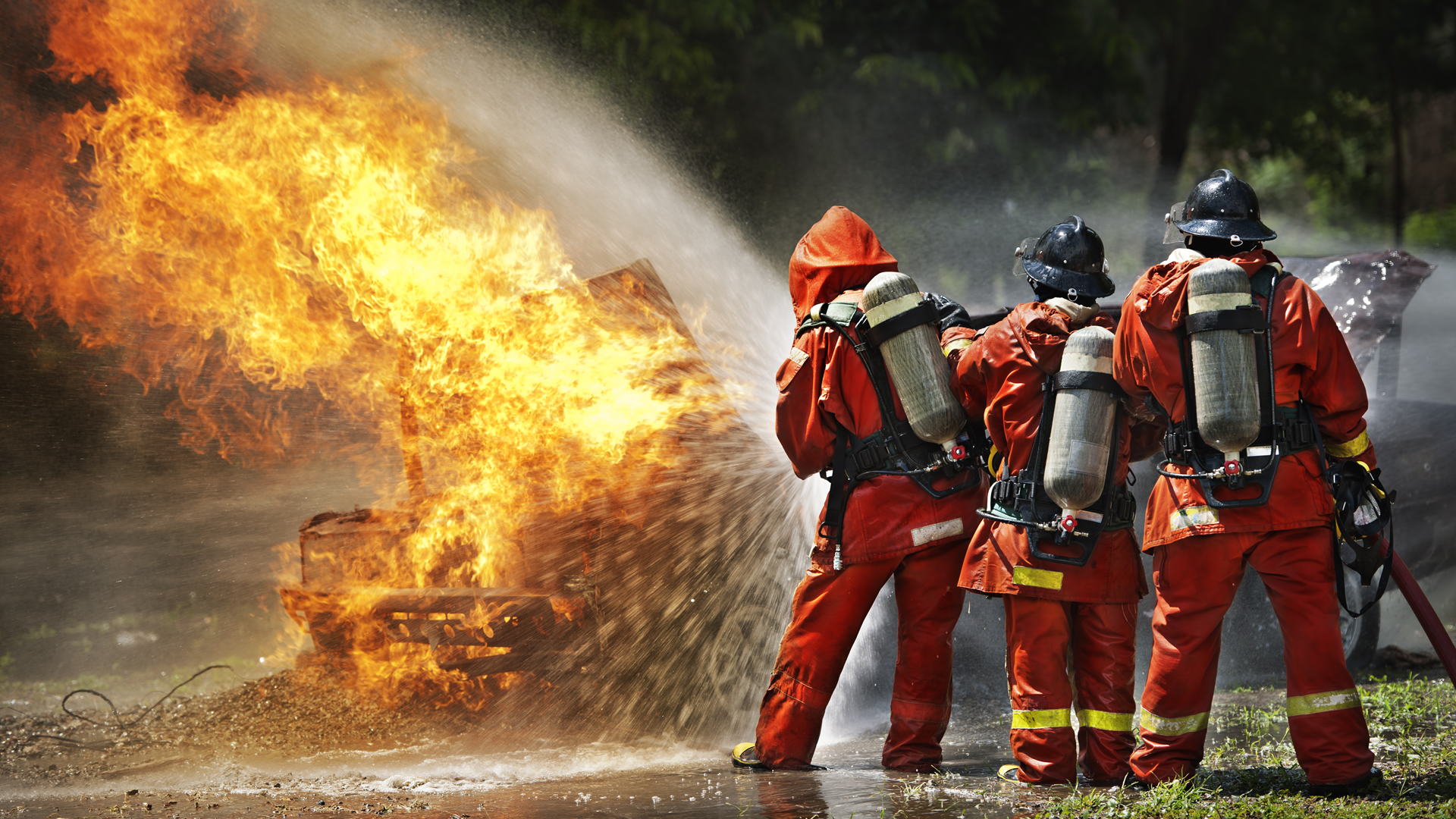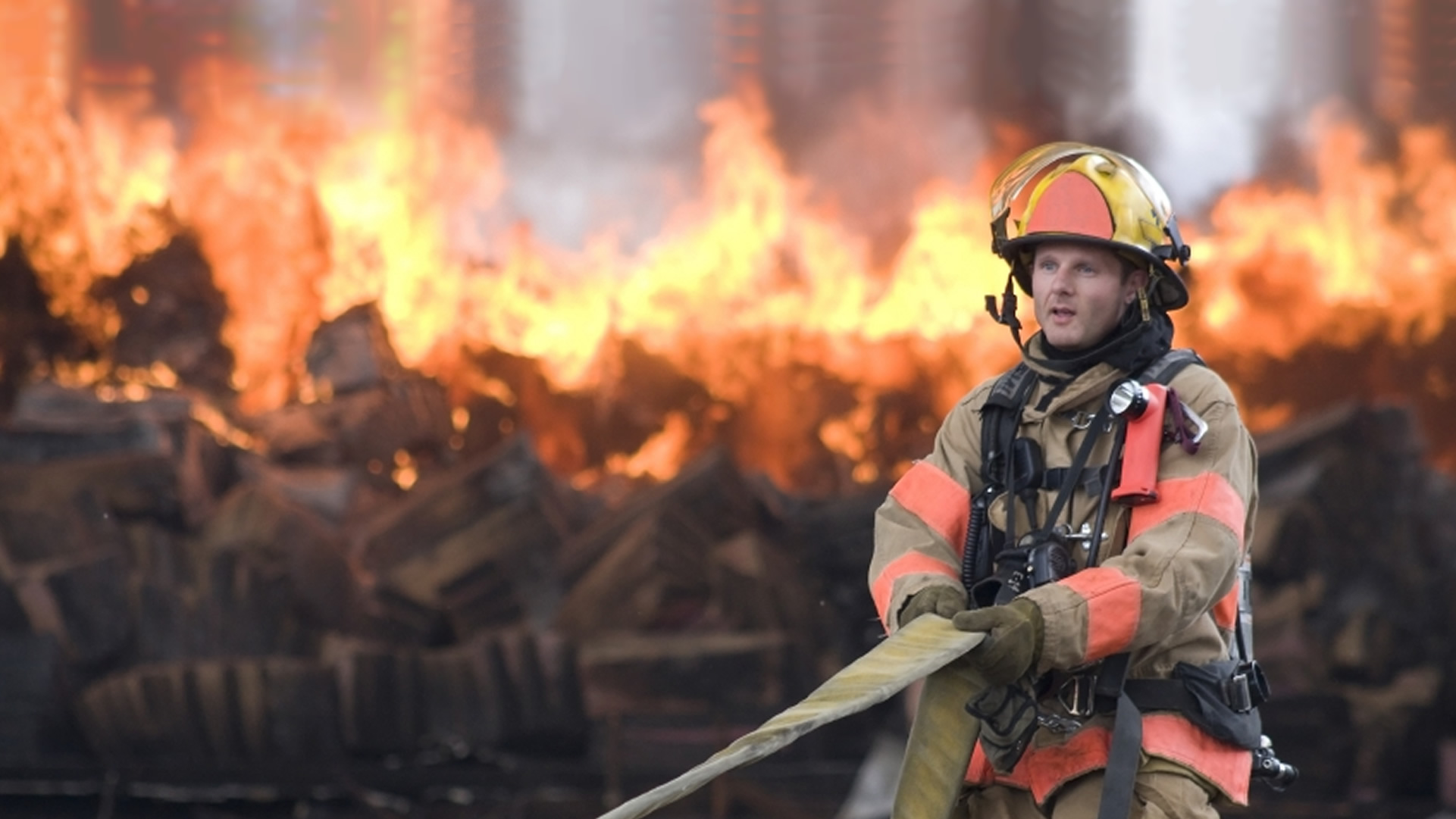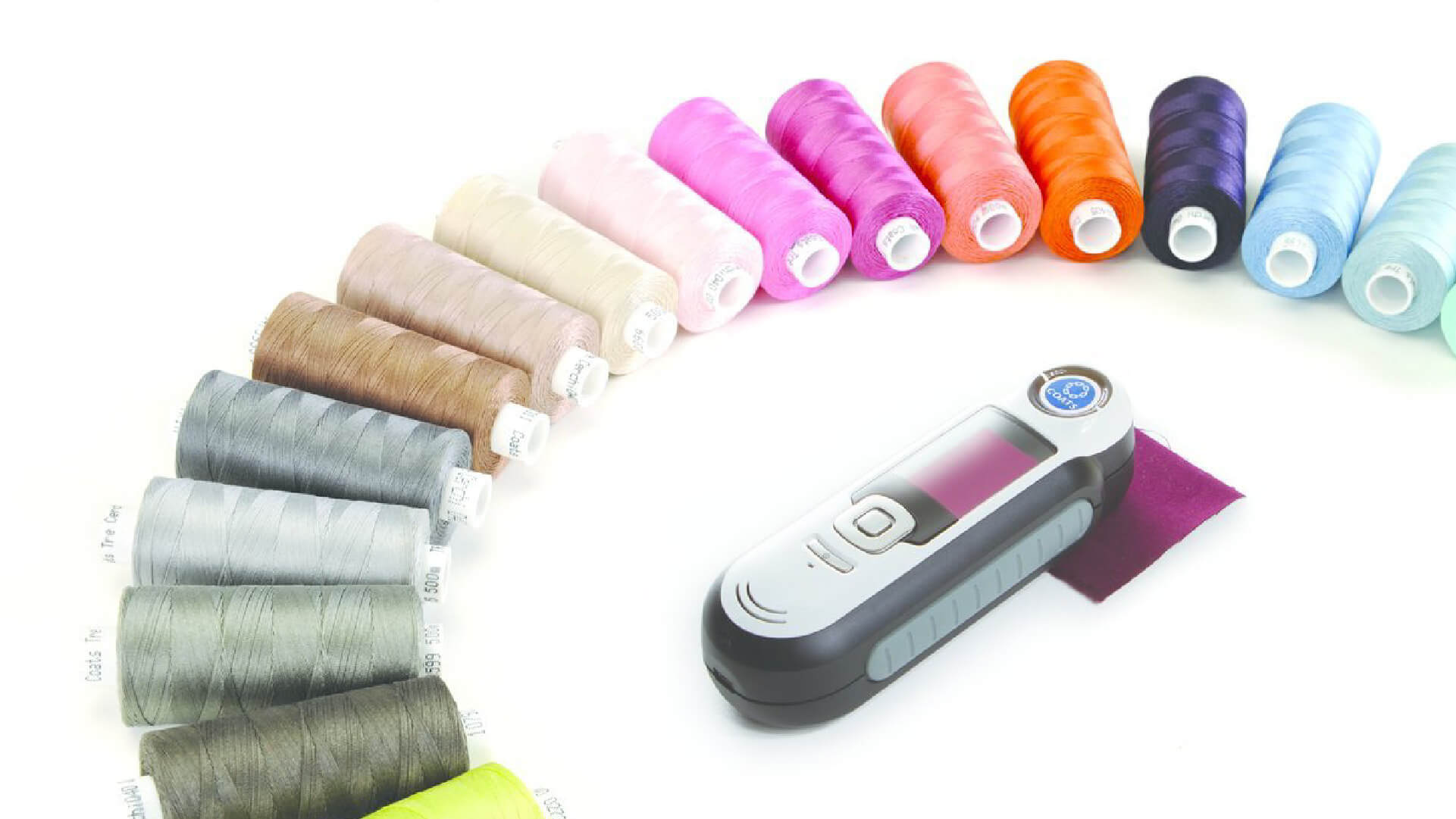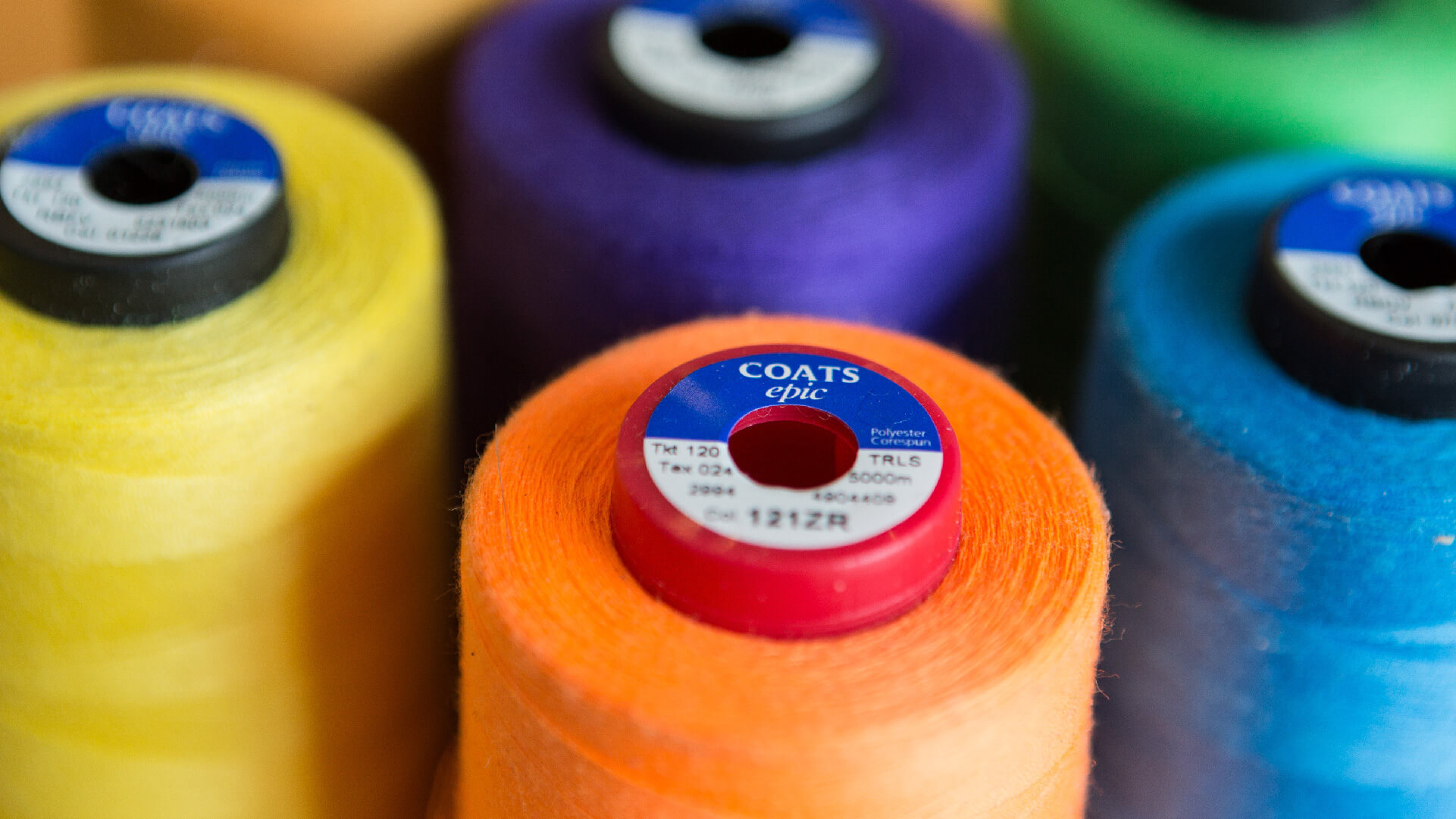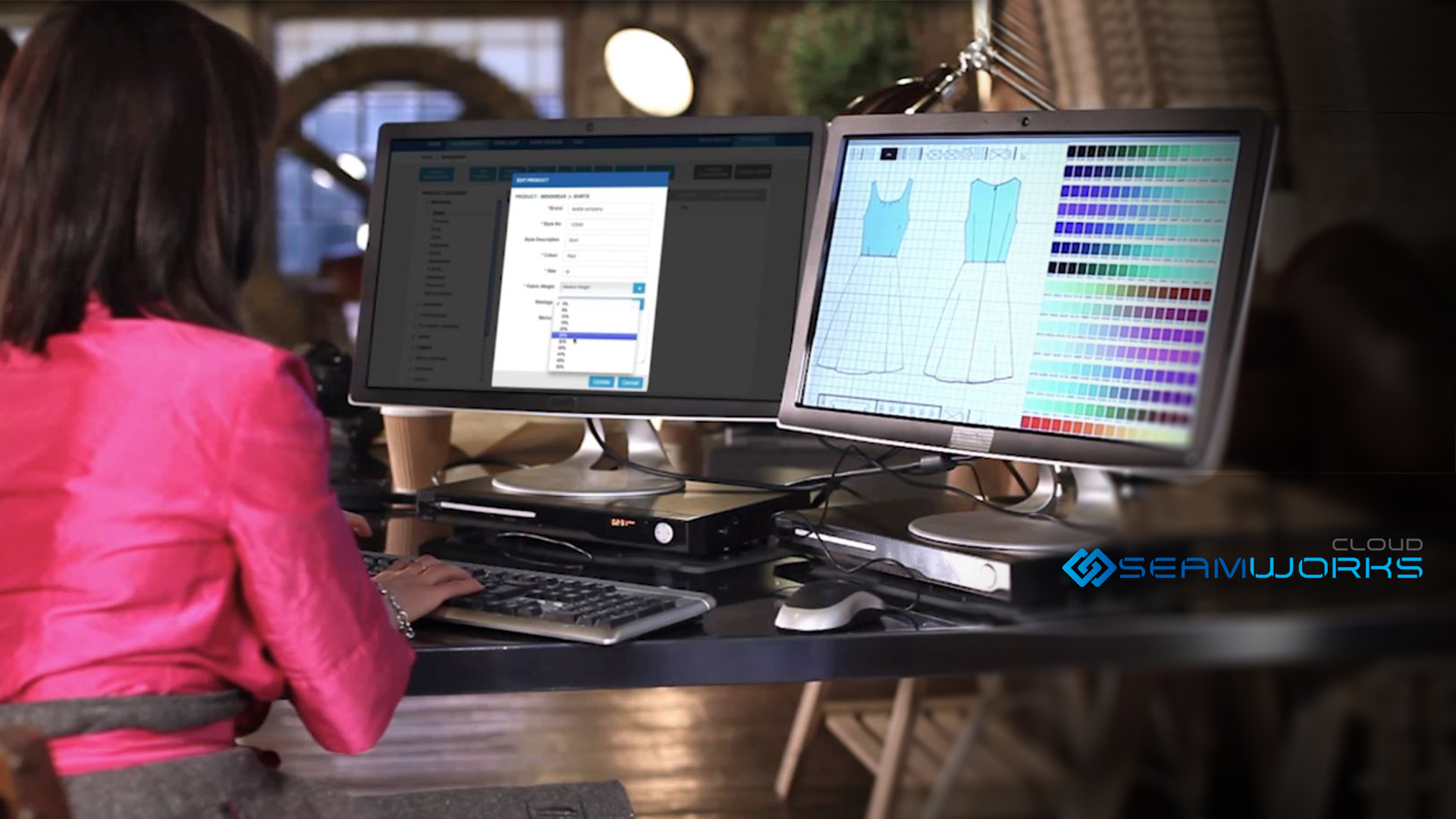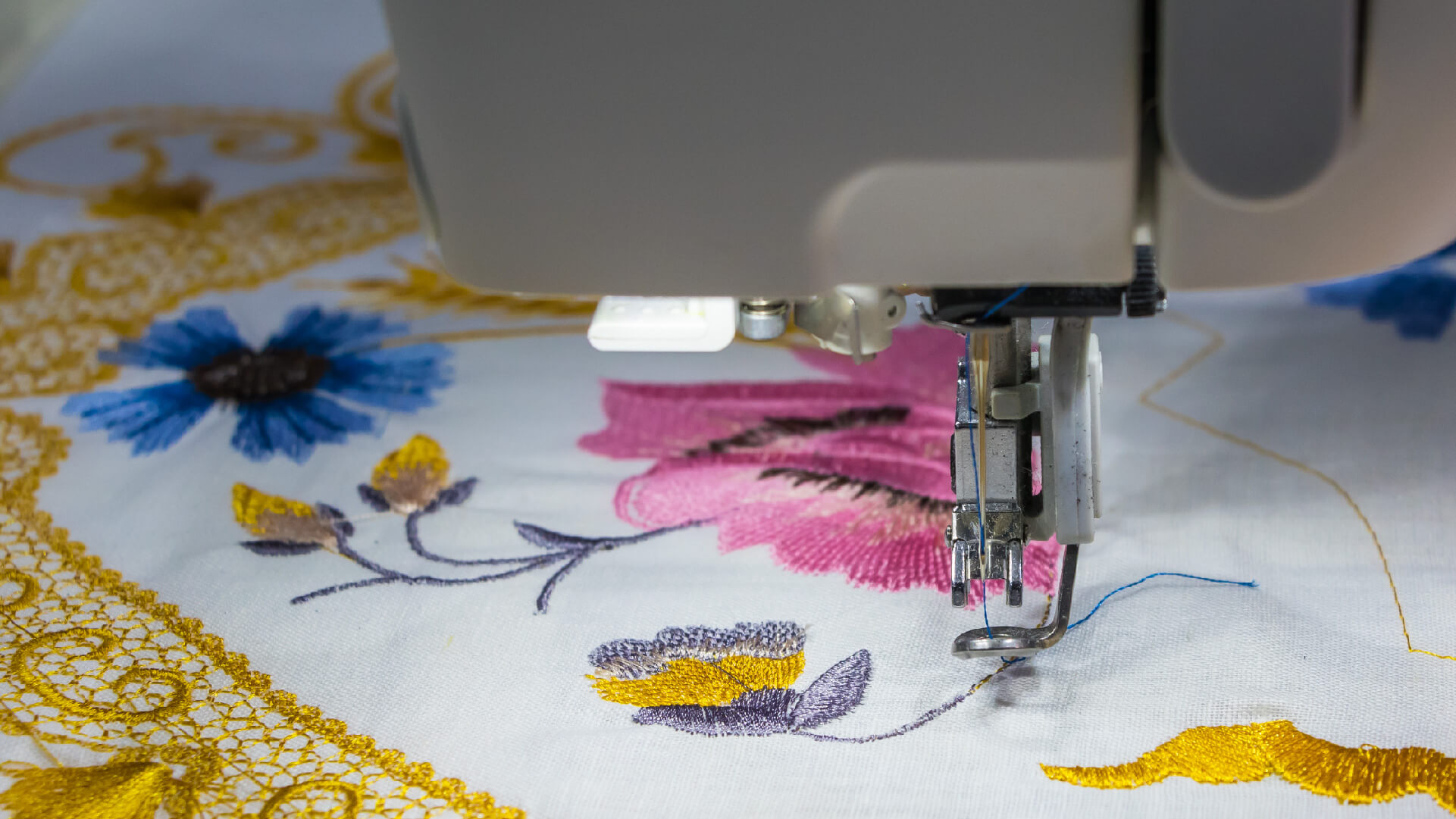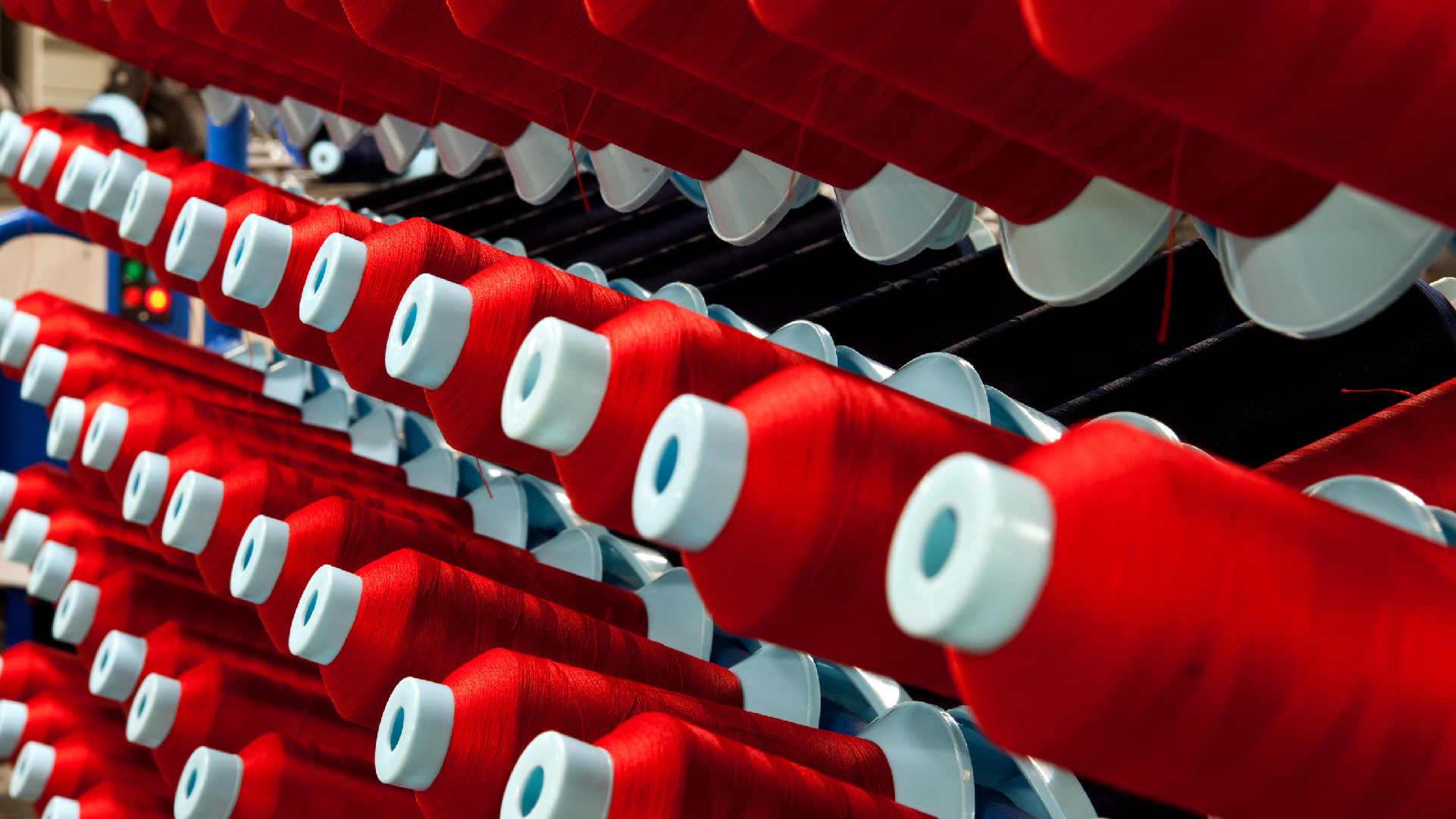Featured Products
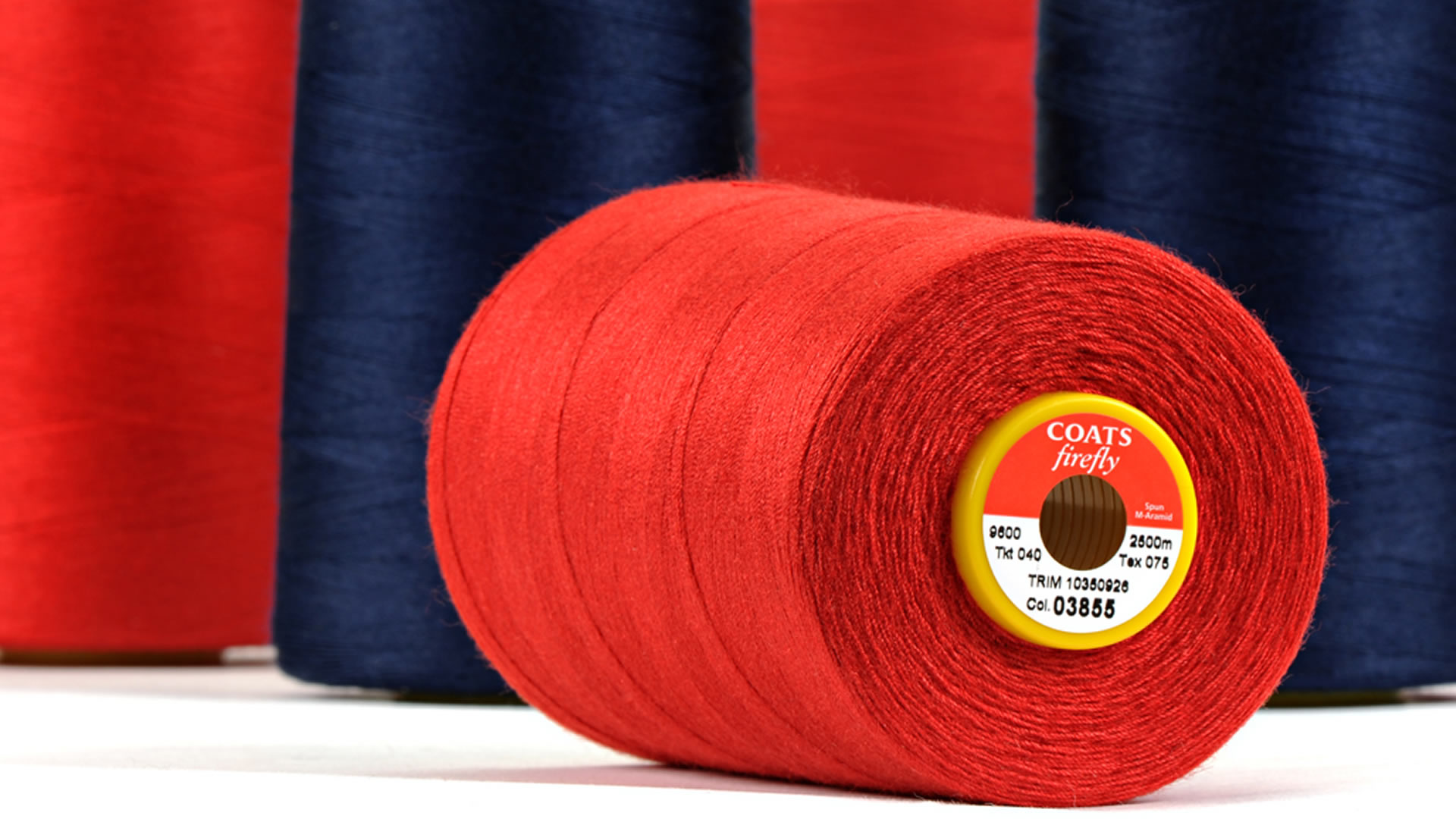
Firefly
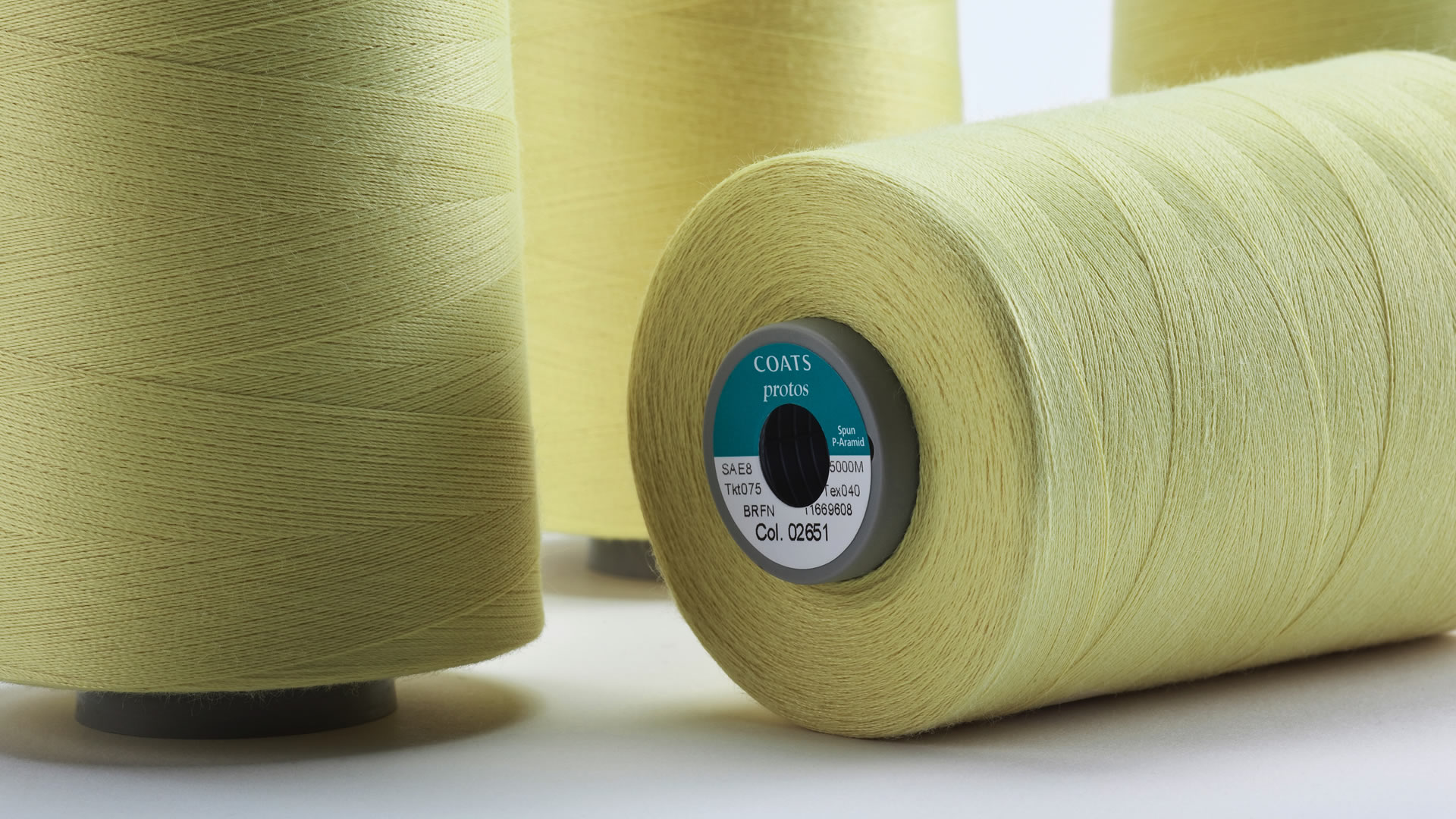
Protos
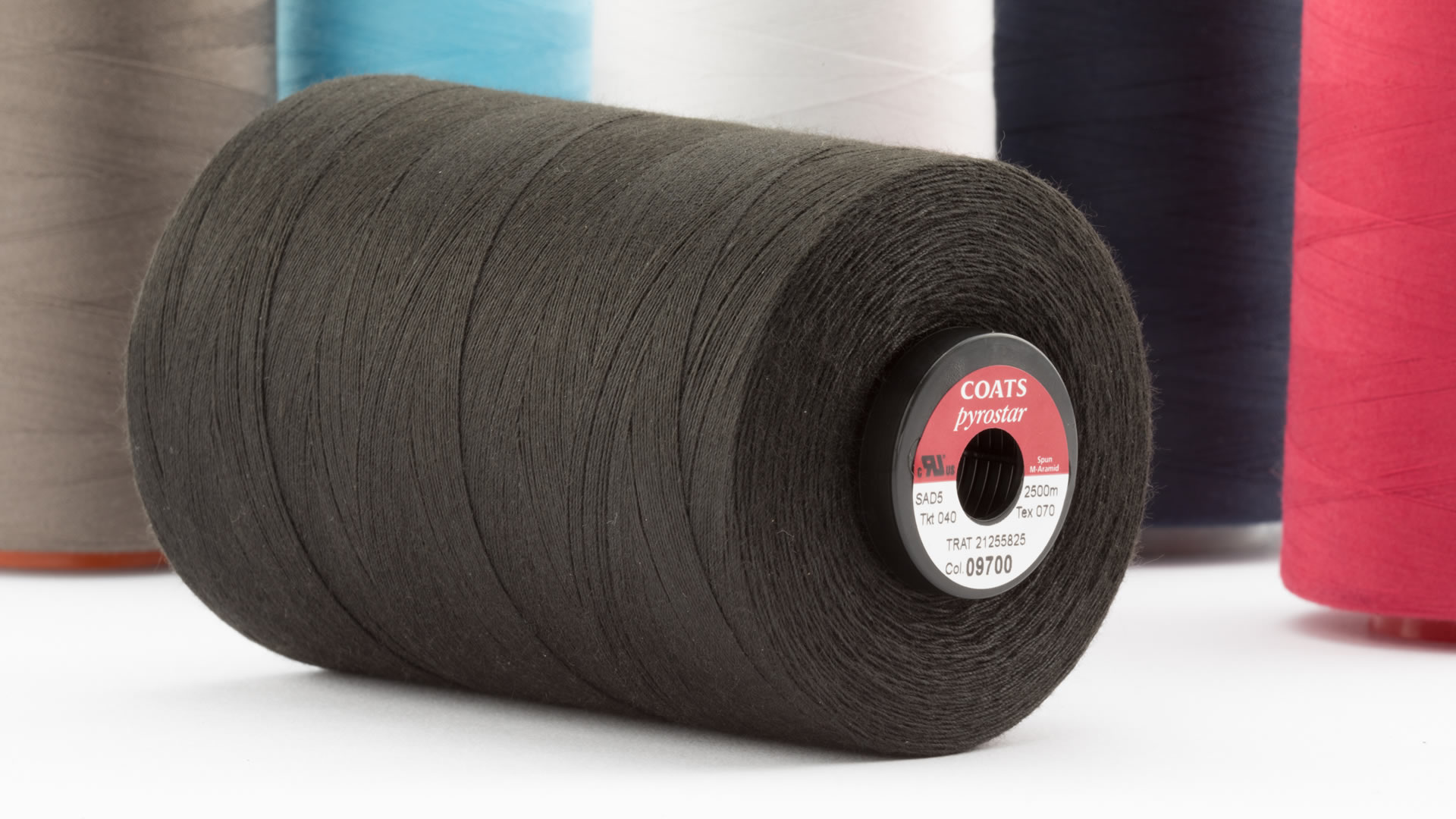
Pyrostar
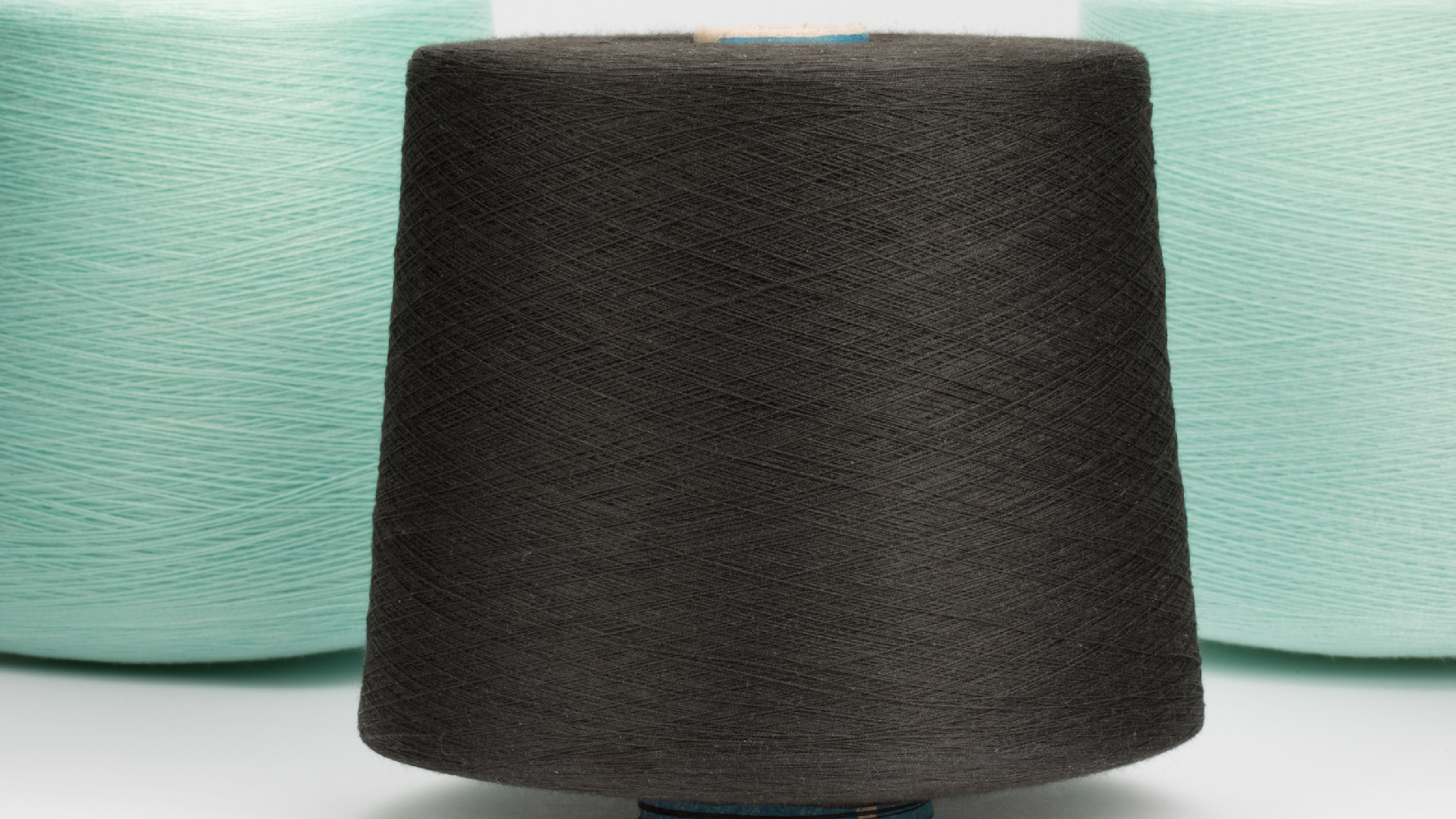
FlamePro
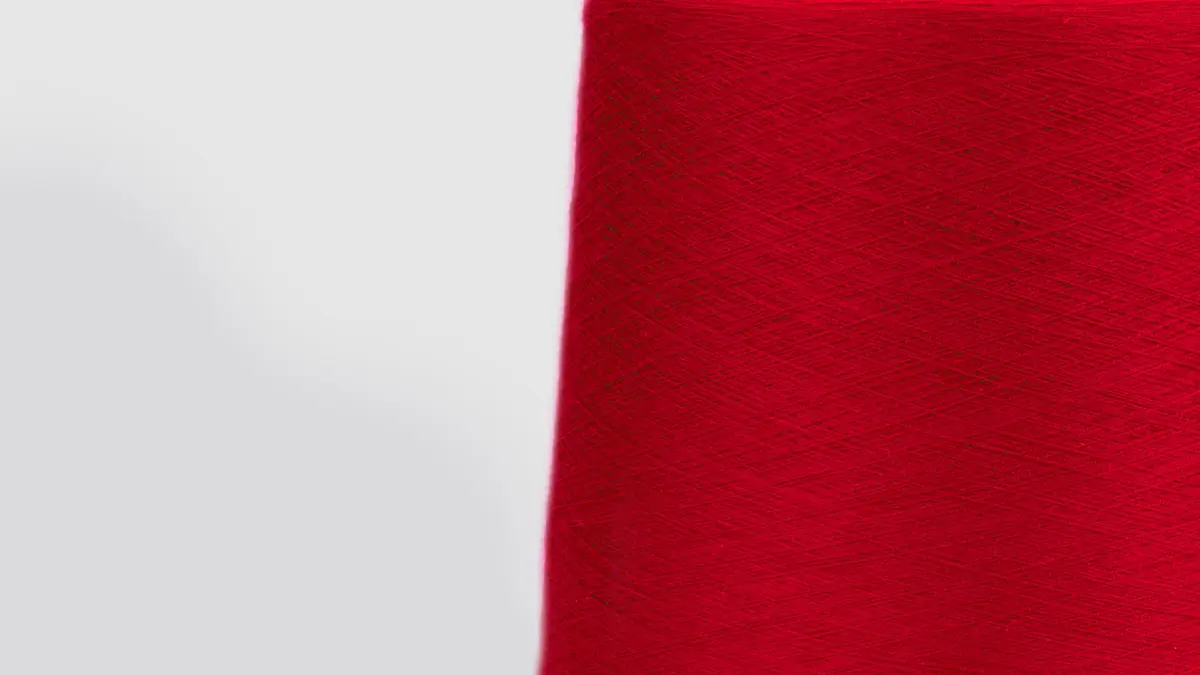
FlamePro Firestrong
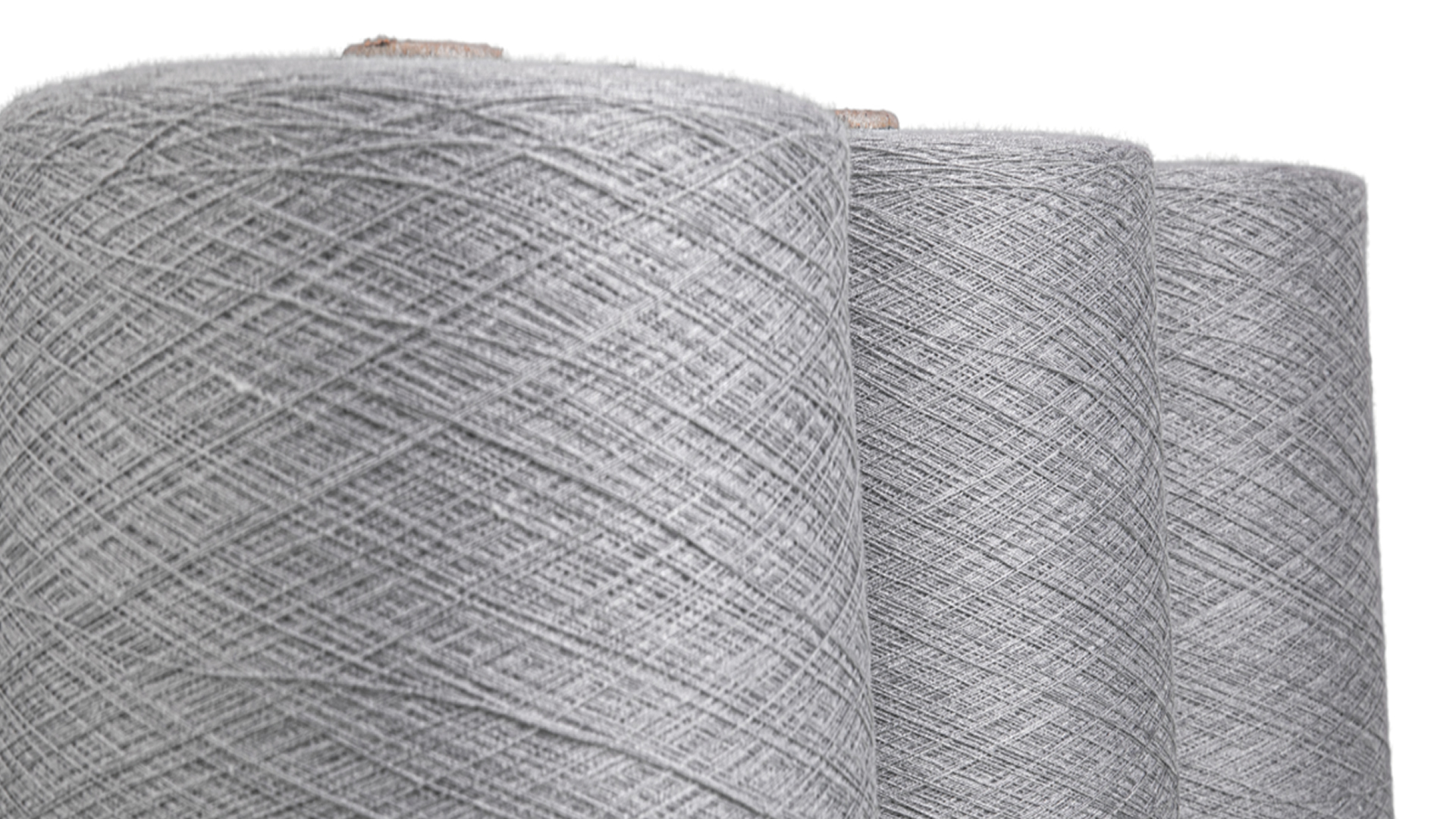
Armoren FLX
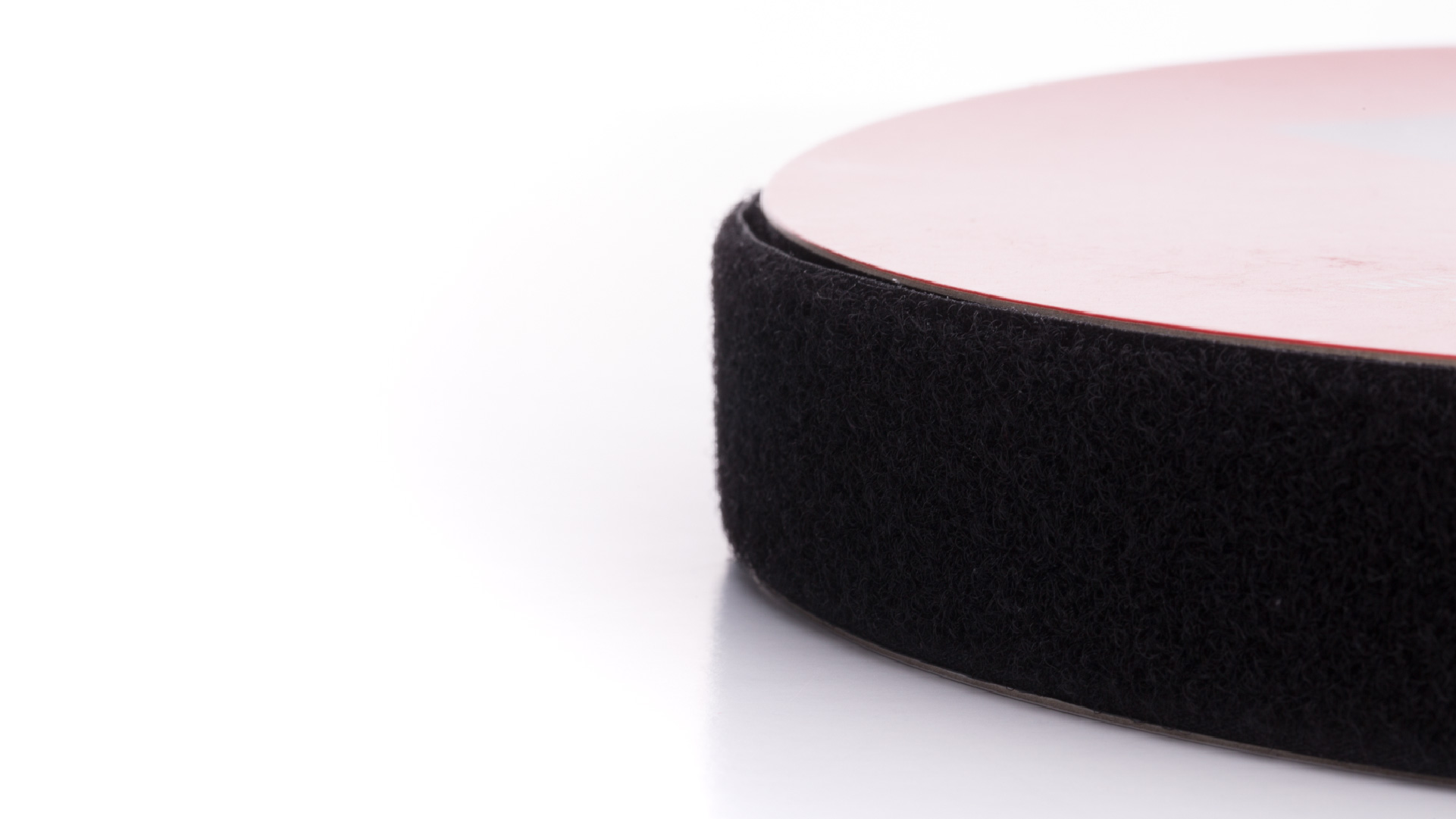
Connect
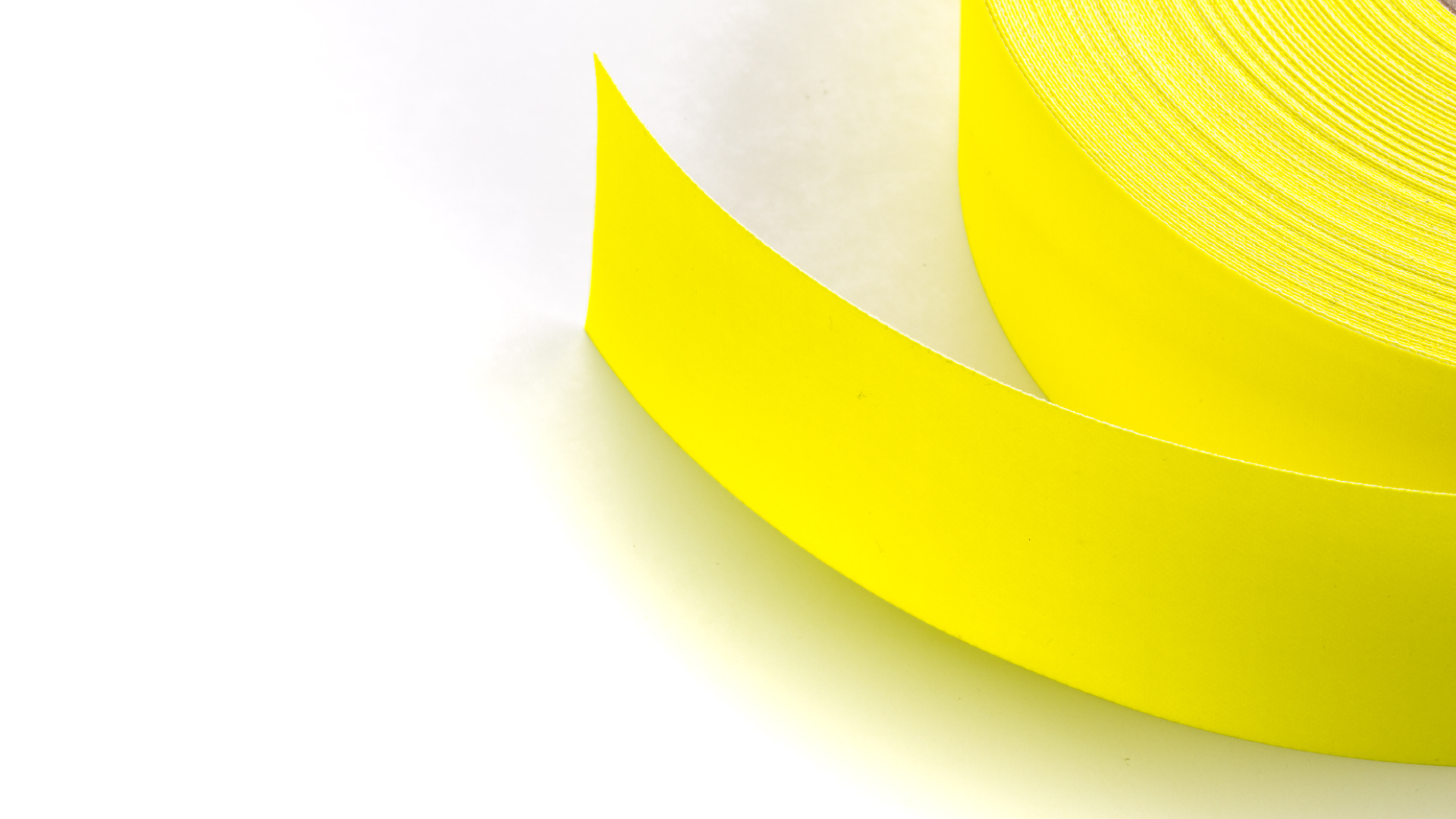
Signal
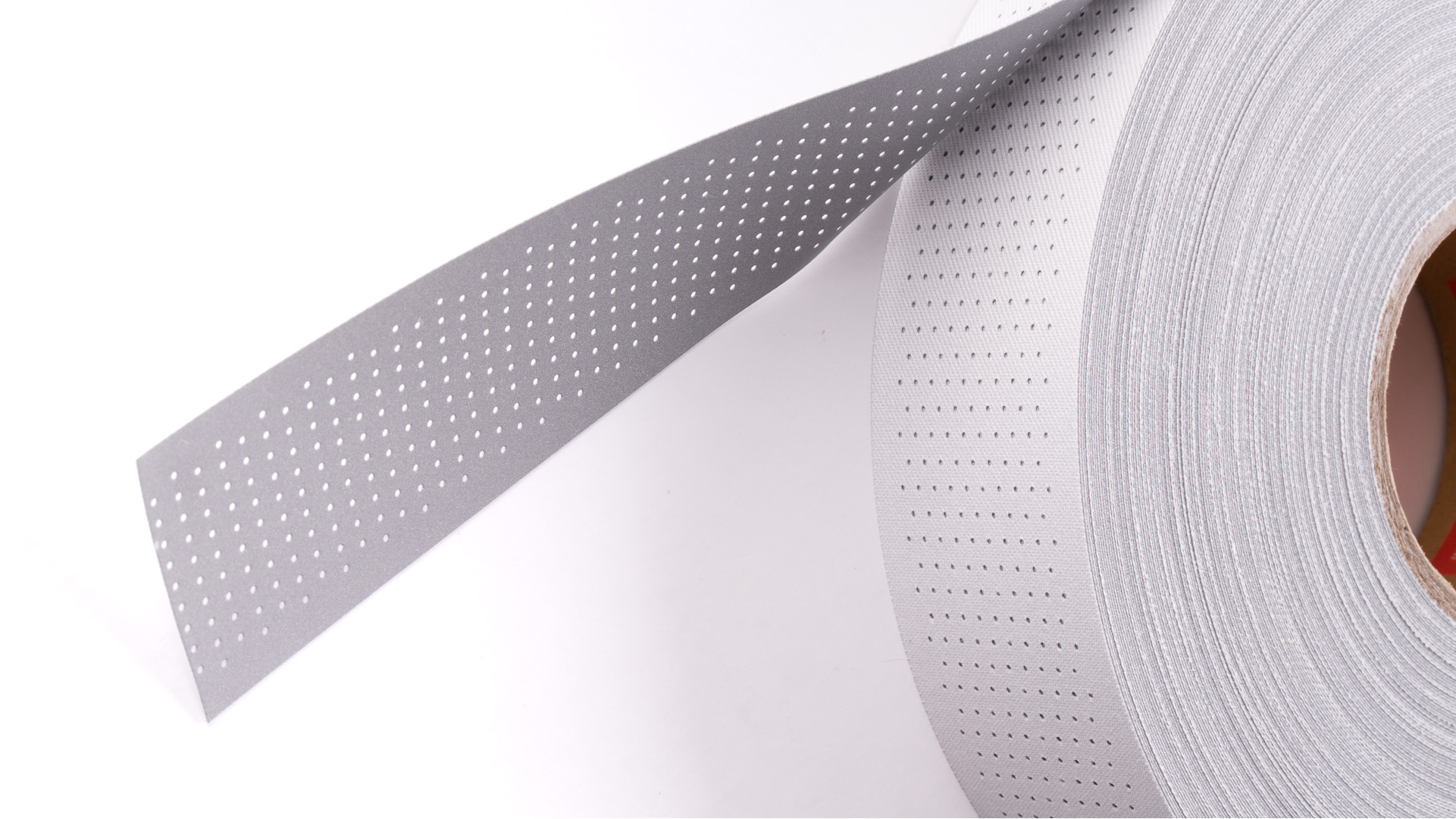
Signal C 422 10P
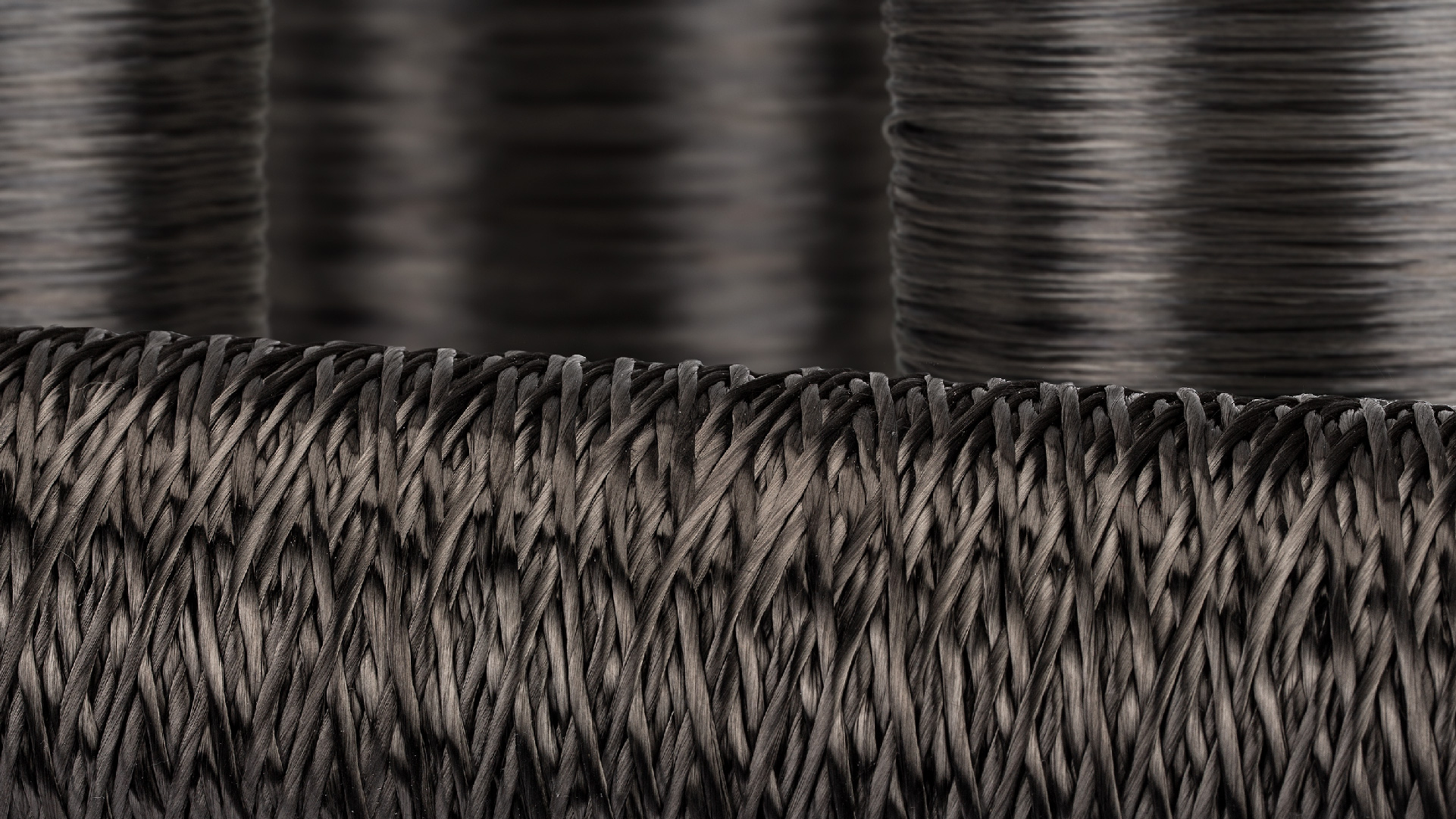
Synergex
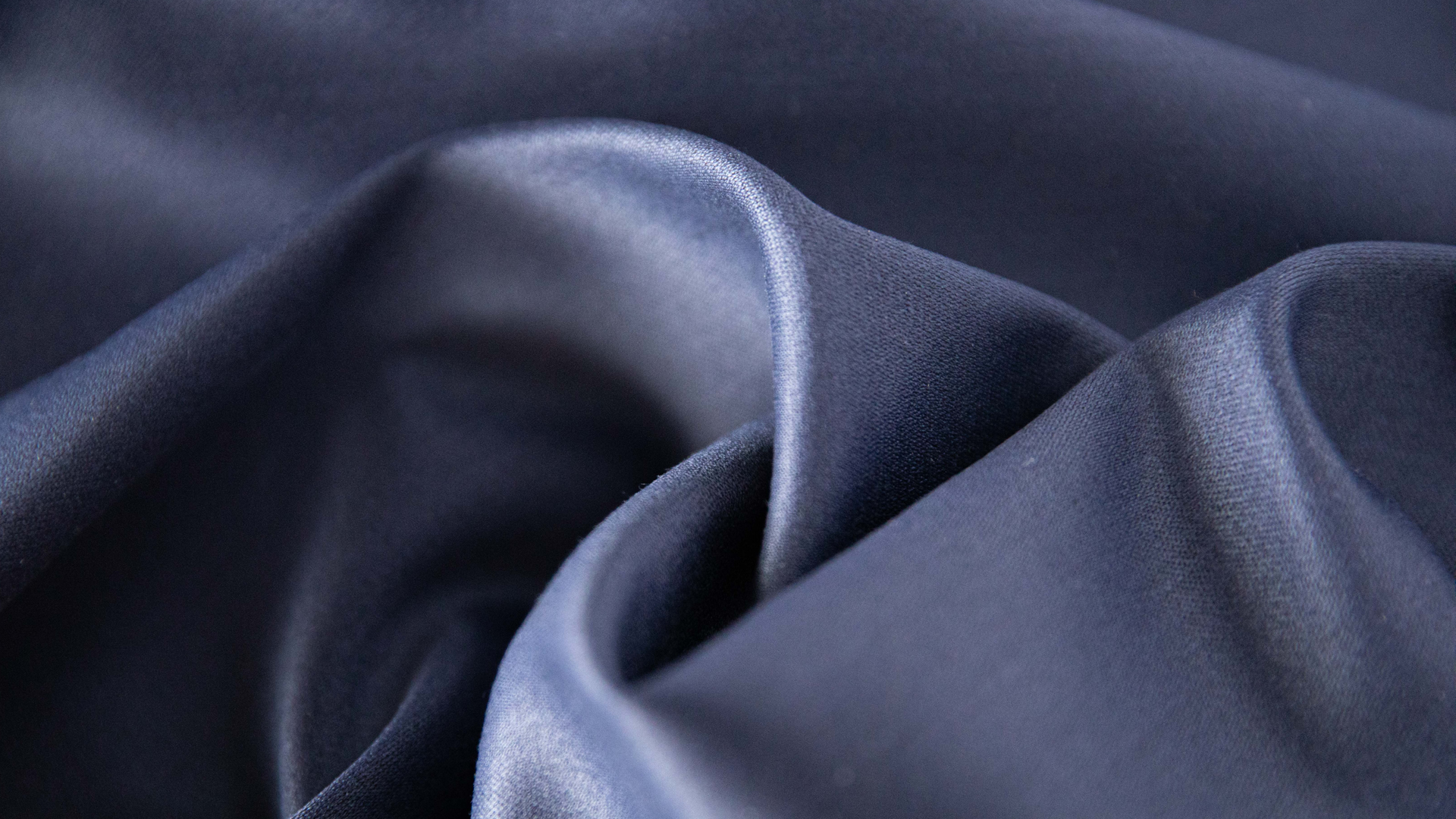
FlamePro™ Splash
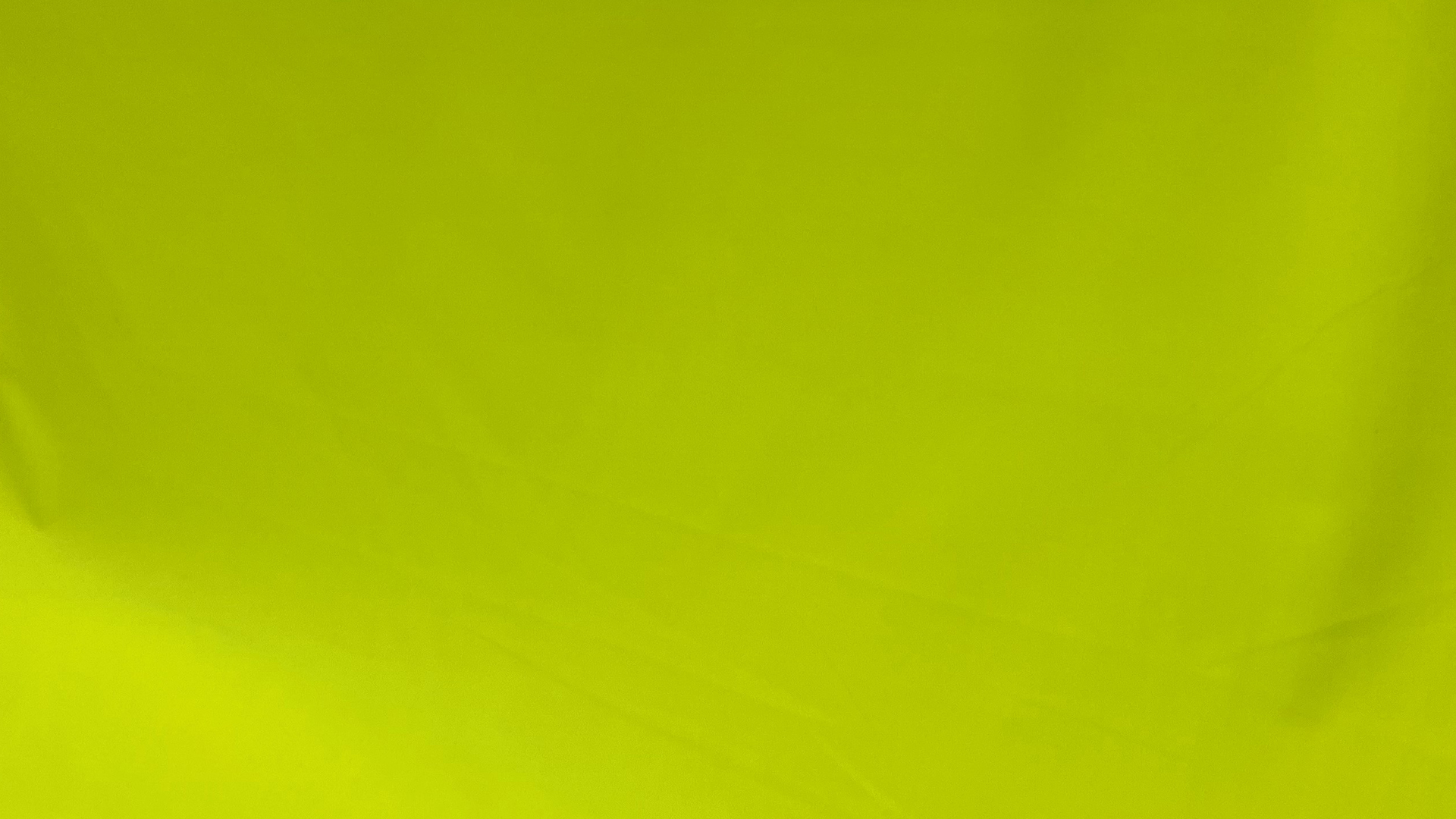
FlamePro™ High Visibility
Applications
Solutions

Information Hub
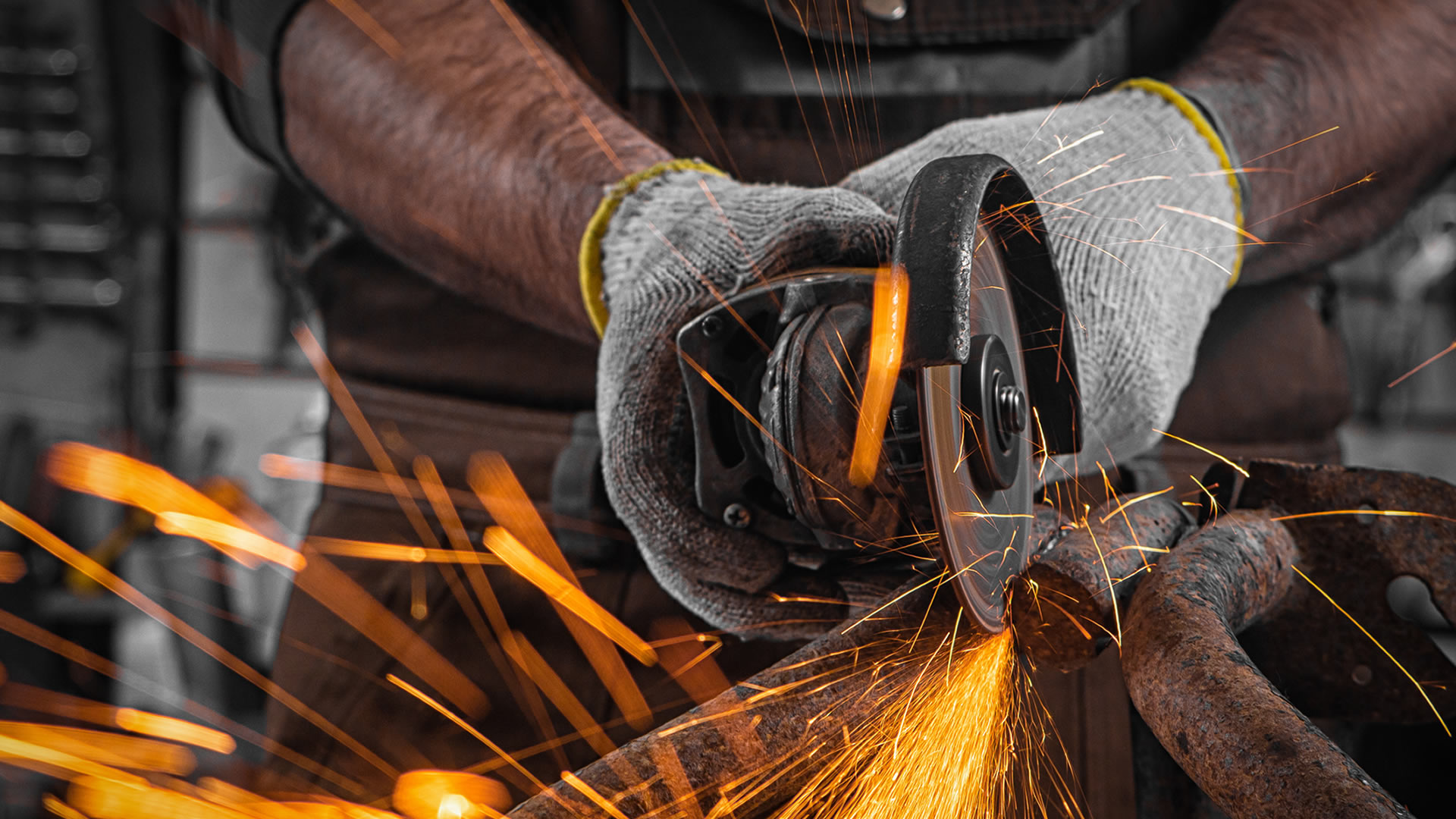
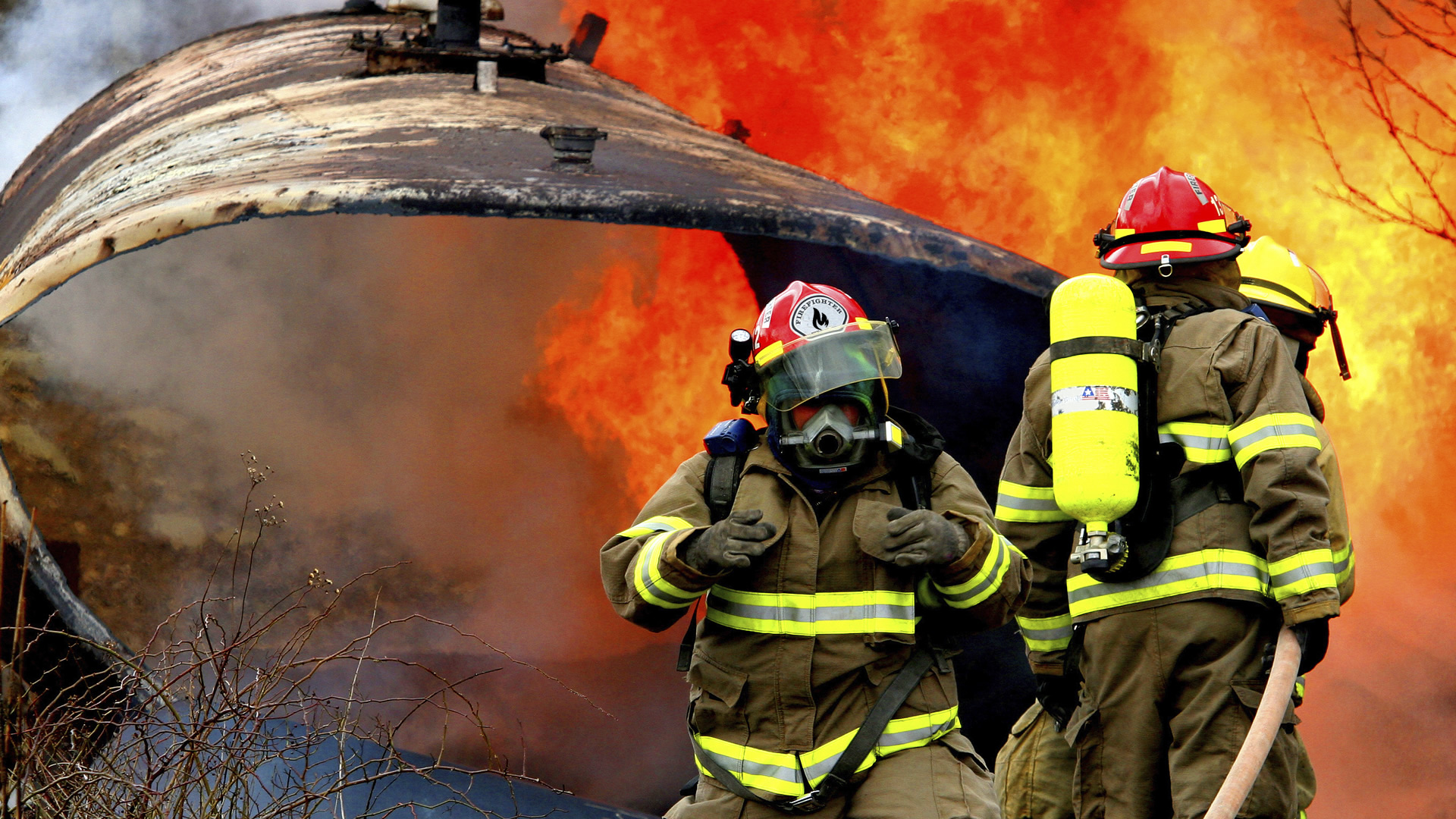
FAQs
- Check your presser foot has enough pressure applied to the fabric to give positive feed.
- Check and clear your feed dogs of any lint that may have built up.
- Check and adjust the height of the feed dogs.
- Check your stitch length regulator as it may be set to zero stitch length.
- Check the thread tension as it may be loose and the thread may be clogging under the presser foot.
- Check your needle plate to ensure it is fixed securely.
Coats does not recommend of adding any additional lubricant/silicone on thread. Thread colour may change, it can create large variation of frictions, causing oil stain. Also, atomised silicone may become a health issue if inhaled by operators / machinists.
The dye uptake depends on many parameters such as cotton type, quality, finish etc. and any difference in these parameters between the fabric and thread will result in shade difference.
To improve seam elongation it is possible to increase the stitch rating per cm or inch, increase the bite, reduce the needle / looper tensions on affected seams or change thread types used.

